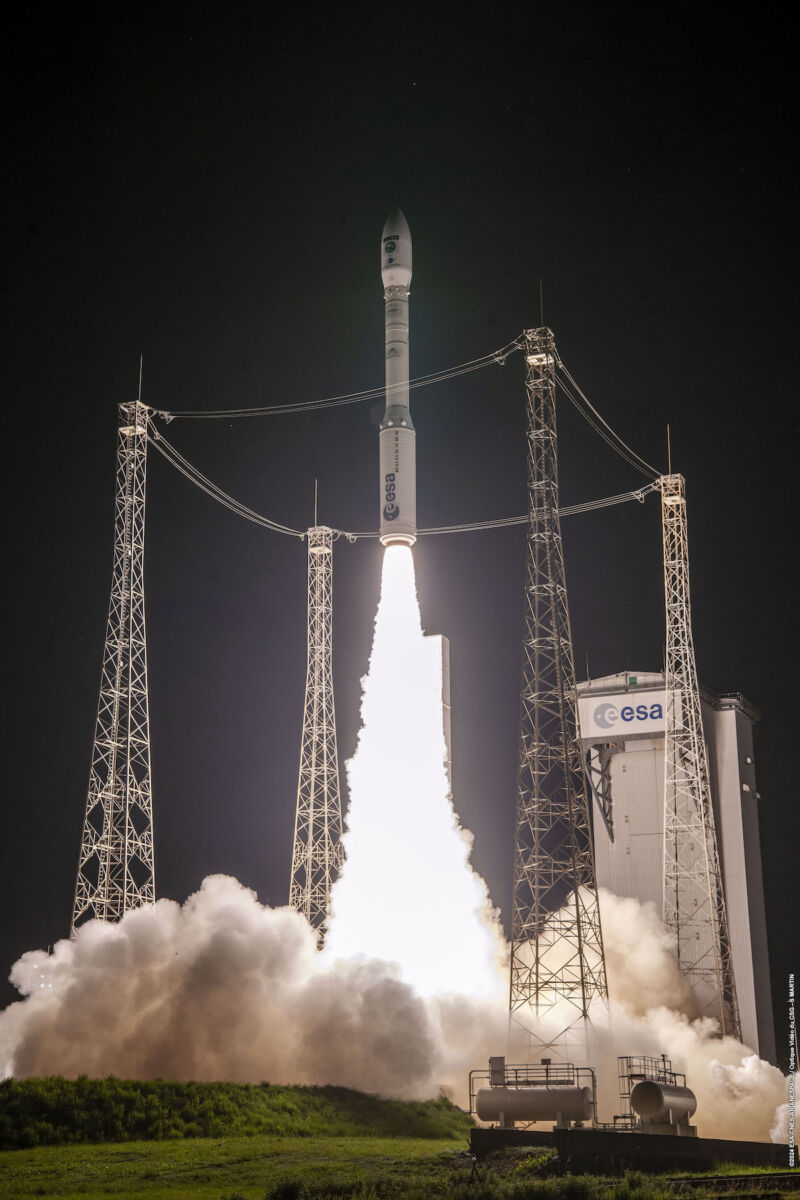‘Aire, Just Breathe’ Review: Dystopian Sci-Fi Rooted in Fears of AI and Human Extinction Feels All Too Familiar












Enlarge / The final Vega rocket climbs away from its launch pad in Kourou, French Guiana. (credit: ESA-CNES-ARIANESPACE/Optique vidéo du CSG–S. Martin)
The final flight of Europe's Vega rocket lifted off Wednesday night from French Guiana, carrying an important environmental monitoring satellite for the European Union's flagship Copernicus program.
The 98-foot-tall (30-meter) Vega rocket took off at 9:50 pm EDT Wednesday (01:50 UTC Thursday) from the European-run spaceport in Kourou, French Guiana. The launcher headed north from the launch pad on the coast of South America, aiming for a polar orbit about 480 miles (775 kilometers) above the Earth.
The sole payload was Sentinel-2C, a remote sensing platform set to join Europe's fleet of Copernicus environmental satellites. The multibillion-dollar Copernicus system is the world's most comprehensive space-based Earth observation network, with satellites fitted with different kinds of instruments monitoring land surfaces, oceans, and the atmosphere.